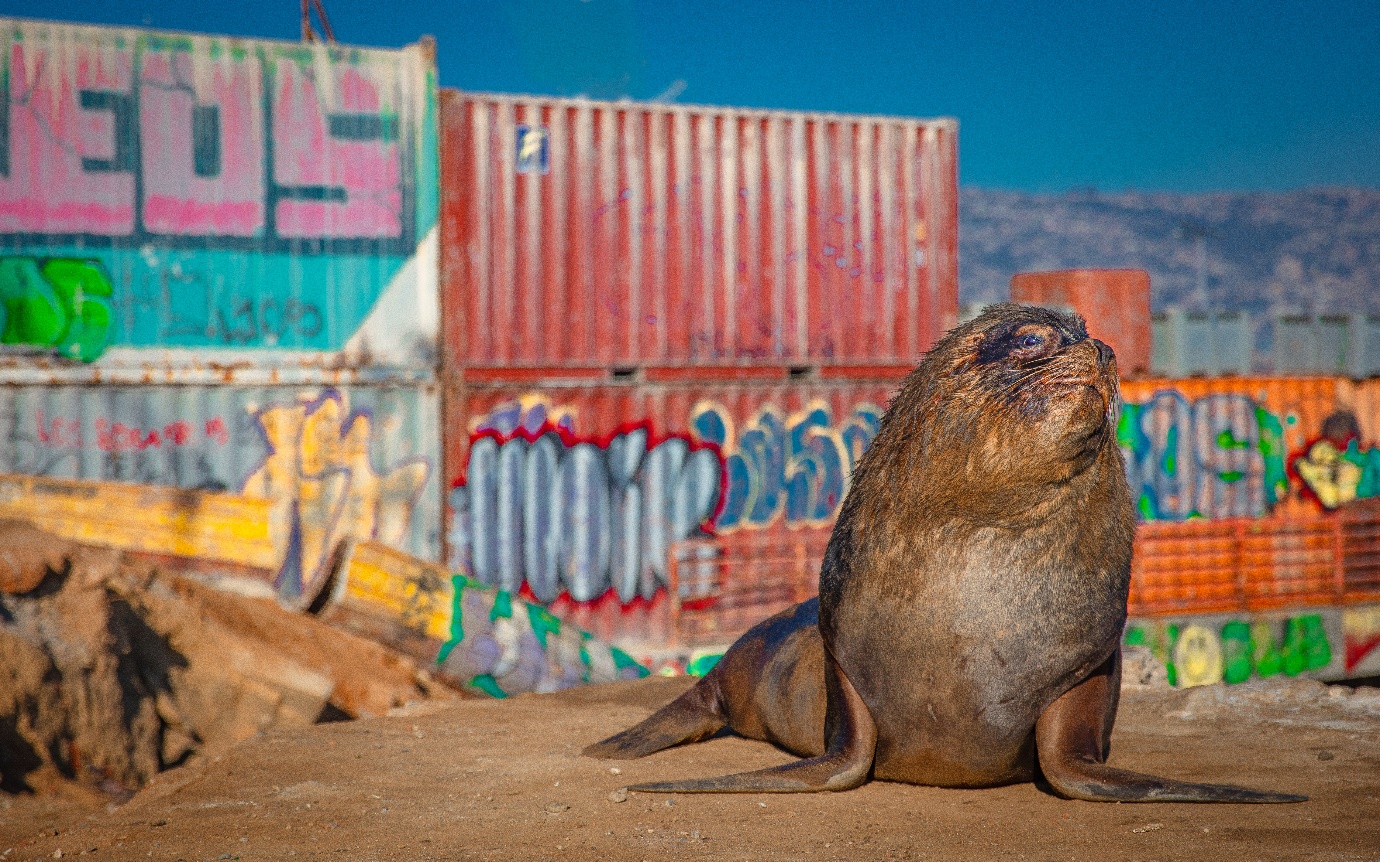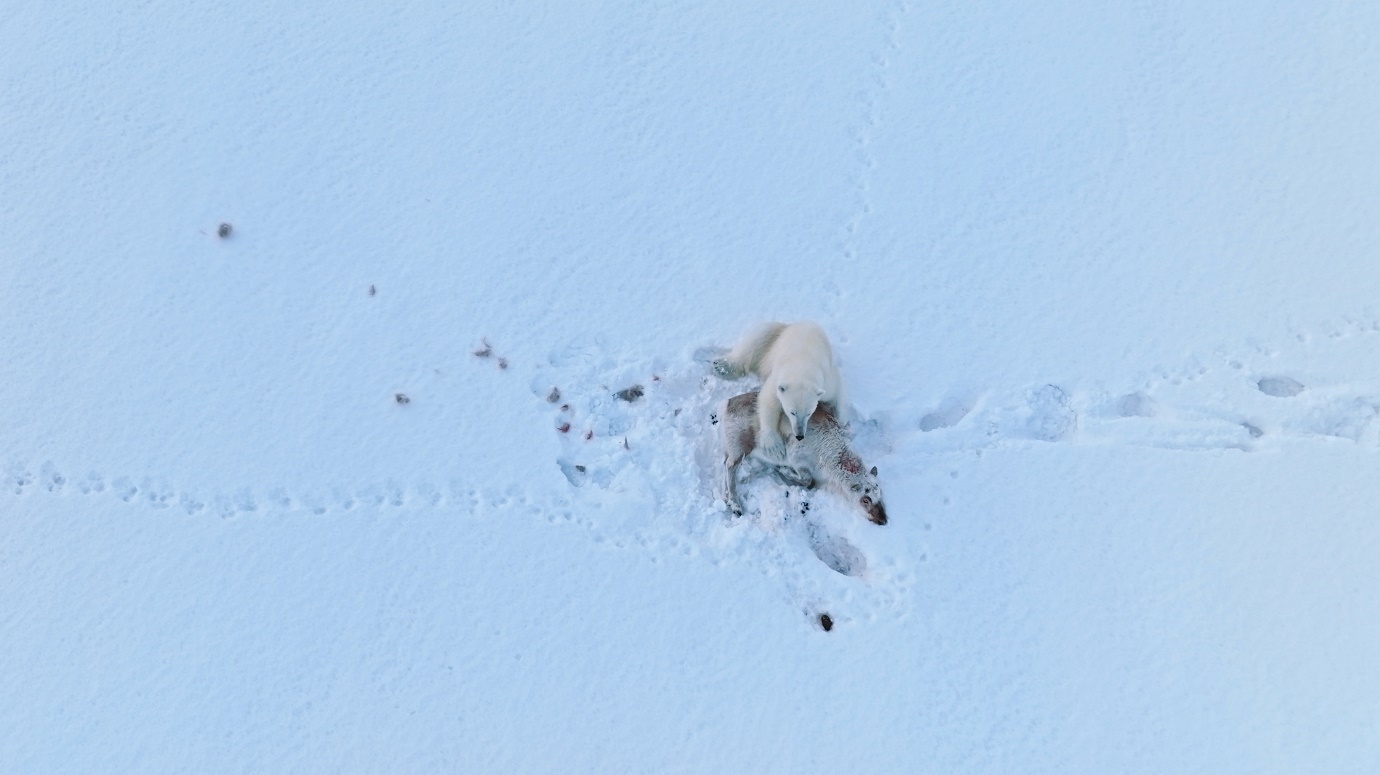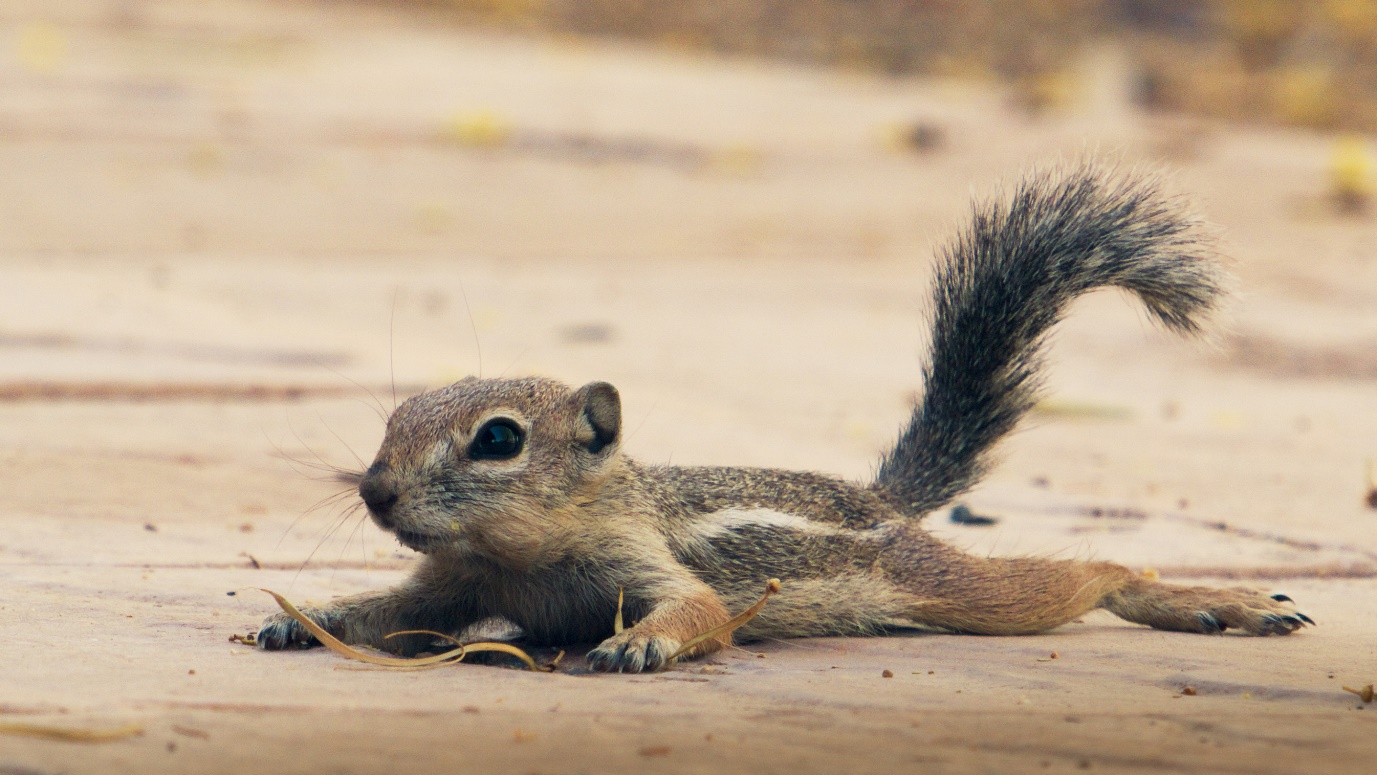
Mammals are one of the most widespread and diverse groups of vertebrates on Earth. They live in a variety of environments, from polar ice sheets to deserts, forests and oceans. In addition to their notable features such as lung breathing, viviparous birth, and constant temperature, they actually have quite clever tricks on their respective circuits.

"Planet of Mammals" poster
Recently, the new documentary "Mammals" jointly produced by Youku and BBCEarth has been exclusively launched on Youku. There are a total of 6 episodes, focusing on six environmental themes: "Secret Dark Night", "New Residence", "Mysterious Water Realm", "Extreme Cold Land", "Scorching Hot Land" and "Wonderful Jungle". Sir David Attenborough, who is old and energetic, still appears on camera to narrate, taking the audience across mountains and seas to explore the world of mammals and reveal the secrets of their reproduction and prosperity.
Human beings often say that character determines destiny. They also say that the environment shapes people. How to adapt to different environments varies from person to person. Animals are no exception.
The documentary "Planet of Mammals" pays full attention to this point. Through various scene-based presentation methods, it provides an in-depth introduction to how mammals living on the earth use and adapt to each living environment, and shows how they are fascinating. Incredible parenting skills, and extraordinary intelligence to learn, remember, problem solve and work together to find solutions.

"Planet of Mammals" stills
66 million years ago, when the dinosaur family withdrew from the stage of history, mammals were free to explore every corner of the earth. Tracing its origins, this is an extremely complex and changeable tree of life. Mammals most likely come from reptiles in the dinosaur era. They are also the organisms with the highest evolutionary rate currently on Earth.
Having survived on the earth for tens of thousands of years, mammals have the ability to adapt to almost any environment. With their extraordinary body structure, amazing adaptability, unparalleled intelligence and unique way of socializing, they have transformed from frozen wilderness, dense jungle, to scorching heat. From the desert to the dark depths of the ocean and even the sky above the forest, the living environment is constantly changing and being squeezed, showing amazing adaptability and coping wisdom.
While humans and chimpanzees go to sleep, many mammals are active.
Behind the retina of the leopard's eyeball, there is a layer of tissue called the light carpet, which has a reflective effect and can enhance the light entering the retina. This ability is very important, because on extremely dark nights, the impala is a very vigilant animal. A tall animal, facing the alert impala, the leopard had almost no chance. It turned to fight a group of prairie baboons. Prairie baboons have poor night vision, but they have extremely sensitive hearing. As the leopard approached the prairie baboons, A high-altitude close-range hunting operation began.
The documentary accurately captured the entire process of a leopard hunting a prairie baboon at night. On a 20-meter-high ebony tree, the leopard could clearly see its surroundings and wait for opportunities to move in the dark environment. It quickly jumped between the tree crowns to catch up, and finally hit the target with the final blow. In the shot, the blood of the prairie baboon drips from the branches. The violence, cruelty, and cannibalism of the weak in the natural world are vividly presented at this moment.
Many nocturnal mammals like leopards have excellent night vision, so how do you find prey when they are completely out of sight?

"Planet of Mammals" stills
In the Oriental Dalge Sand Sea, one of the largest dune deserts in the world, this moonlit area is one of the quietest places on earth. The program team filmed the fennec fox, which the locals say is "only seen once in a lifetime". The fennec fox is about the same size as a guinea pig, and its huge ears make them look very petite and cute. Their hearing is extremely sensitive, but the camera still captured precious footage of them foraging for food.
With such big ears, you can probably hear the sound of a pin dropping. Naturally, the rustling sounds of African gerbils can also be heard.
But the little African gerbils immediately burrowed underground as soon as they heard something was wrong, and the fennec foxes searched on dunes one after another, hoping to hear even the faintest sound. , as well as beetles and lizards.
In addition, the documentary also records countless new animal behaviors and daily life of animals that have never been captured on any camera.
For example, food delivery between mink bear parents and caring behaviors for their cubs. This is the first time humans have photographed this behavior between mink bear parents, and it is also the first time to photograph mink bear cubs; even the chimpanzee leader passed the Sniff in search of honey, the first of its kind in the world.
In fact, it has been 20 years since Sir Attenborough filmed "Life of Mammals". Today, less than 6% of mammals in the world are truly wild animals, and many mammals are facing extinction. risk.
While re-leading the audience to understand this special group of animals, "Planet of Mammals" also focuses on exploring the coexistence of humans and mammals in newly developed habitats.
Since the extinction of the dinosaurs, the earth has experienced more than 50 ice ages. Although the harsh environment eliminated many animals, some mammals seemed to accept it and found their own place in such an environment.
As warm-blooded animals, they have fur, fat, and the ability to secrete milk, which allow them to raise their young very quickly in harsh environments. Each ice age promotes their continuous evolution and helps them improve their physiological functions, change their behavior, and ultimately learn to coexist with the harsh environment in which they live. However, a very serious problem today is that these animals that have been fully adapted to cold climates have to face a rapidly warming world.

"Planet of Mammals" stills
At the beginning of "The Cold Place", the film crew captured an extremely surprising scene: polar bears chasing and hunting reindeer. In winter, polar bears prefer to prey on seals, which are fatter and easier to digest, to help them quickly accumulate calories. However, due to climate warming, the sea ice area in extremely cold places continues to shrink, and polar bears have to stay on land for longer, and Svalbard reindeer are their only choice of prey on land.
Therefore, the hypothesis that "polar bears drowned in the end" cannot be completely established. In a harsh environment, any species has only one belief: survive first!
Speaking of tenacity, many mammals have shown how their bodies can push their limits under difficult circumstances.
In the episode "Hot Places", in order to avoid the many predators that hunt late at night after the temperature drops, the Haste squirrel has to choose to come out to feed during the day when the surface temperature is as high as 80 degrees Celsius.

"Planet of Mammals" stills
In order to survive, the antelope squirrel has evolved a physiological function called "heat transfer." When their body temperature becomes very high, they will quickly crawl to the cool ground beneath the cactus and spread all their limbs out to maximize the area in contact with the ground. Although this position may look as funny as being run over by a car, it can lower your body temperature by one degree per minute. In this way, the Haste squirrel cycles between rising and falling body temperatures every day, successfully thriving in the hot desert.
When I saw this, I suddenly felt that Disney Animation was honest with me.
"Planet of Mammals" not only strives to present the vivid vitality and species wisdom of mammals in terms of content, but also continuously improves its shooting techniques and technology, striving to provide the audience with the most realistic world of mammals.
Although mammals are found in every corner of the earth, trying to photograph them under various restrictions still faces huge challenges. 80% of the world's mammals are active at night, and more than two-thirds of the mammals are active only at night, which accounts for the majority of mammals.
From a technical perspective, shooting at night is the most difficult. From the initial pan-tilt camera fixed on a helicopter, to later drones and magical telephoto cameras, to the development of ultra-high-sensitivity cameras, technological innovation and application set "Planet of Mammals" apart from other natural species. Documentaries do not just stay at the textbook introduction of mammals, but go deep into various environments to capture the most realistic live scenes, allowing the audience to truly understand the lives of mammals immersively, and awaken humans' emotional connection and awe with them. heart of.
There is no doubt that humans are the most successful mammals, and the real challenges facing mammals today may come from humans. In the view of Chief Producer Roger Weber, the biggest highlight of "Planet of Mammals" is the connection between mammals and humans, which gives the documentary a strong "sense of layering, responsibility and empathy."


